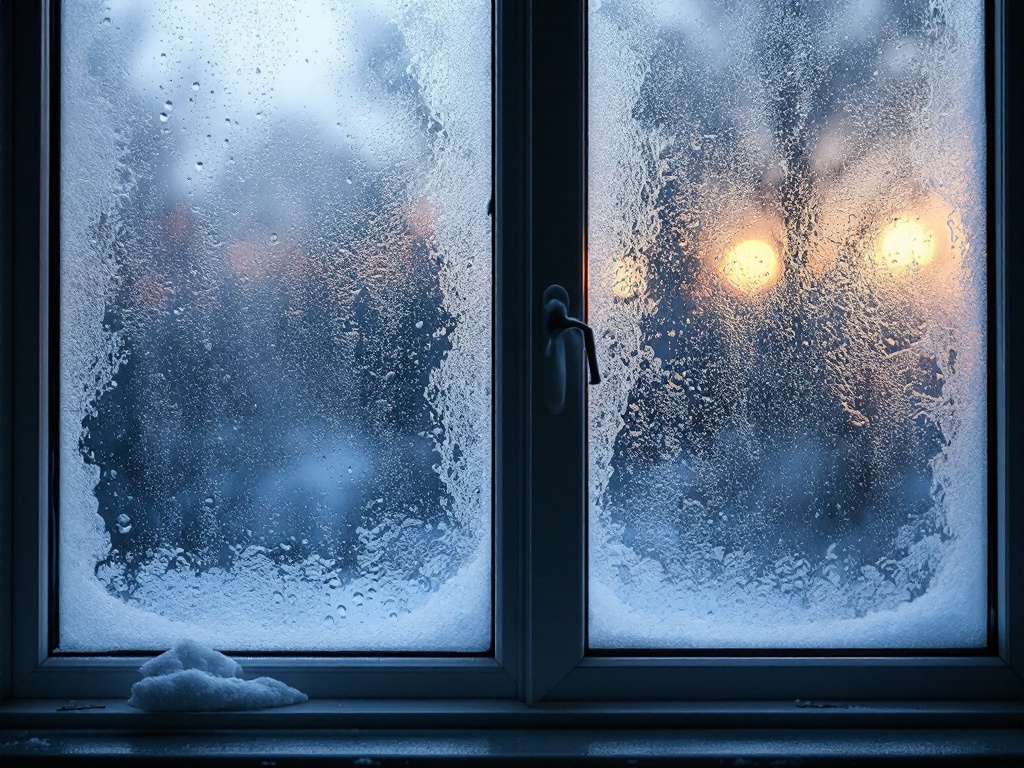Condensation on windows, common in colder months, affects home comfort and structure. Learn causes, effects, and solutions to manage it effectively.

What Causes Window Condensation?
Condensation occurs when warm, moist air comes into contact with a cooler surface, such as your window glass. This process is similar to what happens when you see water droplets forming on the outside of a cold drink on a hot day. Several factors can contribute to indoor window condensation:
- Humidity Levels: High indoor humidity is the primary cause of window condensation. Activities like cooking, showering, and even breathing contribute to moisture in the air.
- Temperature Differences: When the temperature inside your home is significantly warmer than the outside, the cold glass surface can cause moisture in the air to condense.
- Poor Ventilation: Lack of proper airflow can trap moist air inside, increasing the likelihood of condensation.
Effects of Window Condensation
While condensation might seem harmless, it can lead to several issues if not addressed:
- Mold Growth: Persistent moisture can create an ideal environment for mold and mildew, which can pose health risks and damage window frames and walls.
- Damage to Window Frames: Excessive moisture can cause wooden window frames to warp, rot, or deteriorate over time.
- Reduced Insulation Efficiency: Condensation can indicate that your windows are not providing adequate insulation, leading to higher energy bills.
Solutions for Managing Window Condensation
Thankfully, there are several effective strategies to reduce or eliminate condensation on the inside of your windows:
- Improve Ventilation: Ensure that your home is well-ventilated. Use exhaust fans in kitchens and bathrooms, and open windows periodically to allow fresh air to circulate.
- Use a Dehumidifier: A dehumidifier can help reduce indoor humidity levels, making condensation less likely to form.
- Upgrade Windows: Consider upgrading to double or triple-glazed windows, which provide better insulation and reduce temperature differences that cause condensation.
- Seal Windows Properly: Check for gaps or cracks around your windows and seal them to prevent cold air from entering and warm air from escaping.
- Monitor Indoor Humidity: Use a hygrometer to keep track of indoor humidity levels. Aim to keep humidity between 30-50% to minimize condensation.
Conclusion
Condensation on the inside of windows is a manageable issue with the right approach. By understanding its causes and effects and implementing practical solutions, you can maintain a comfortable, healthy, and energy-efficient home environment. Regular maintenance and monitoring can help you prevent long-term damage and ensure that your windows serve their purpose effectively.





